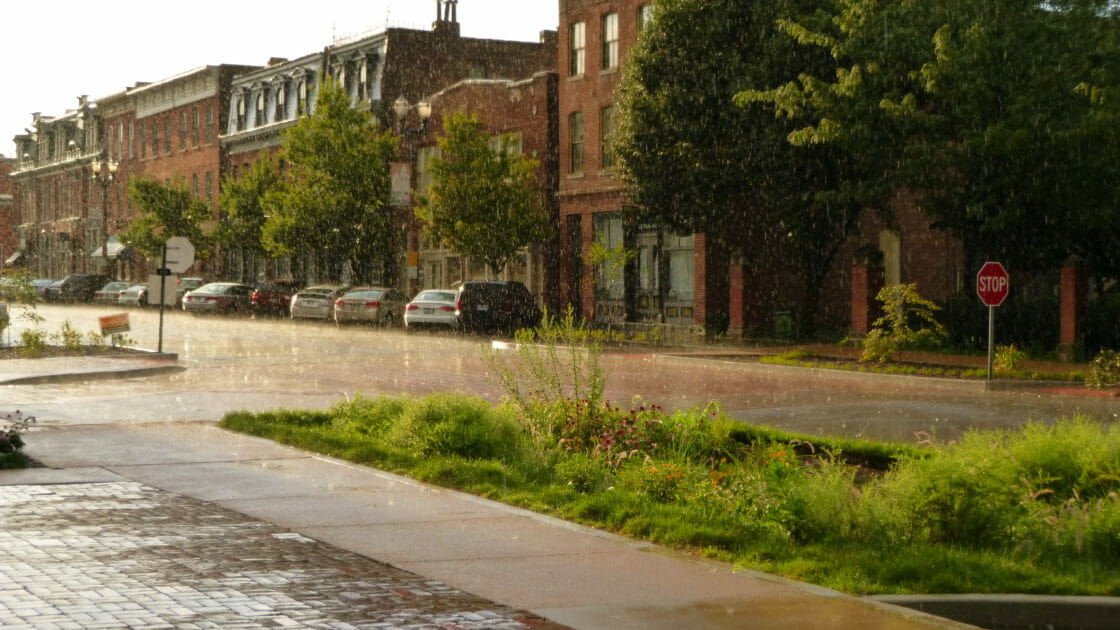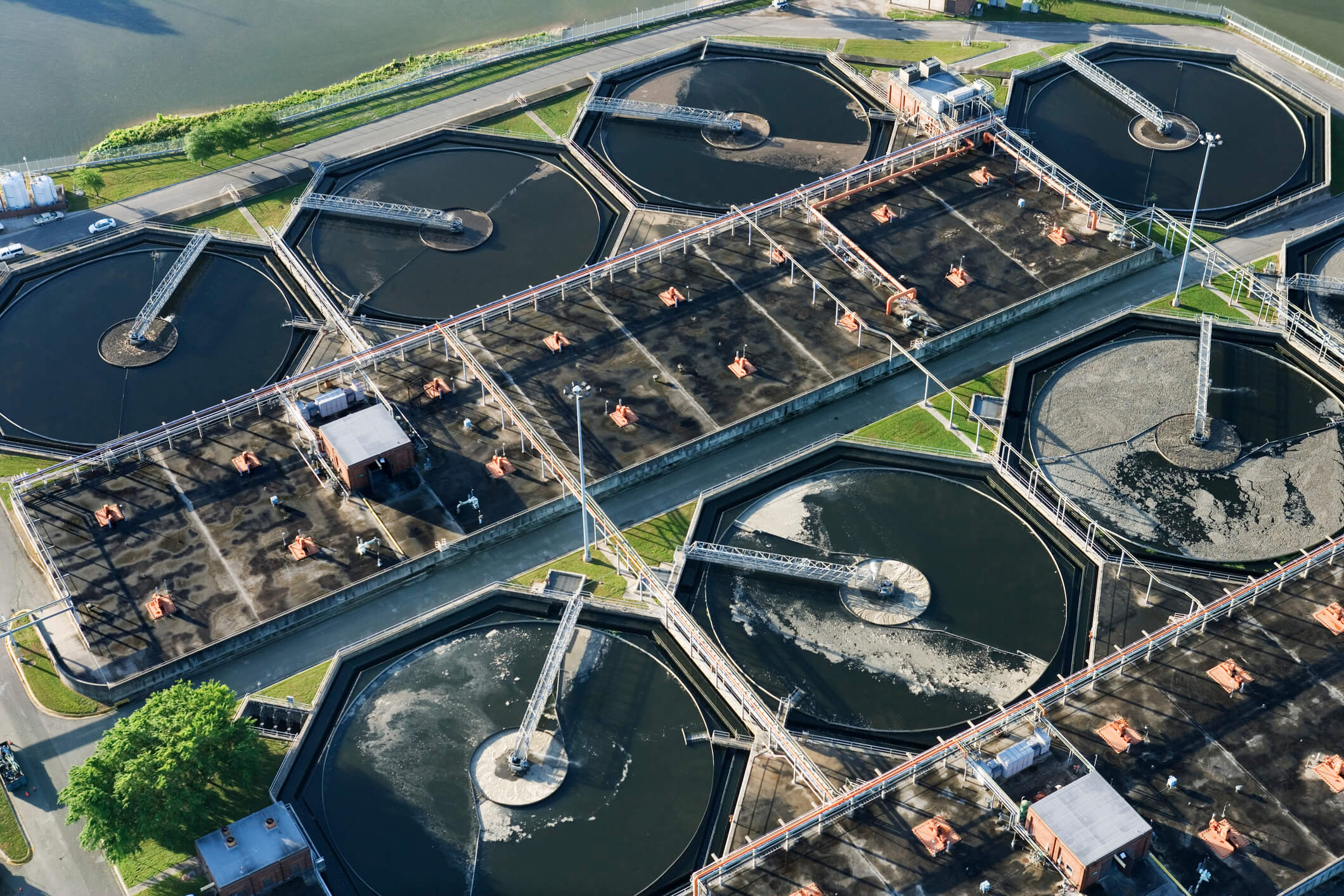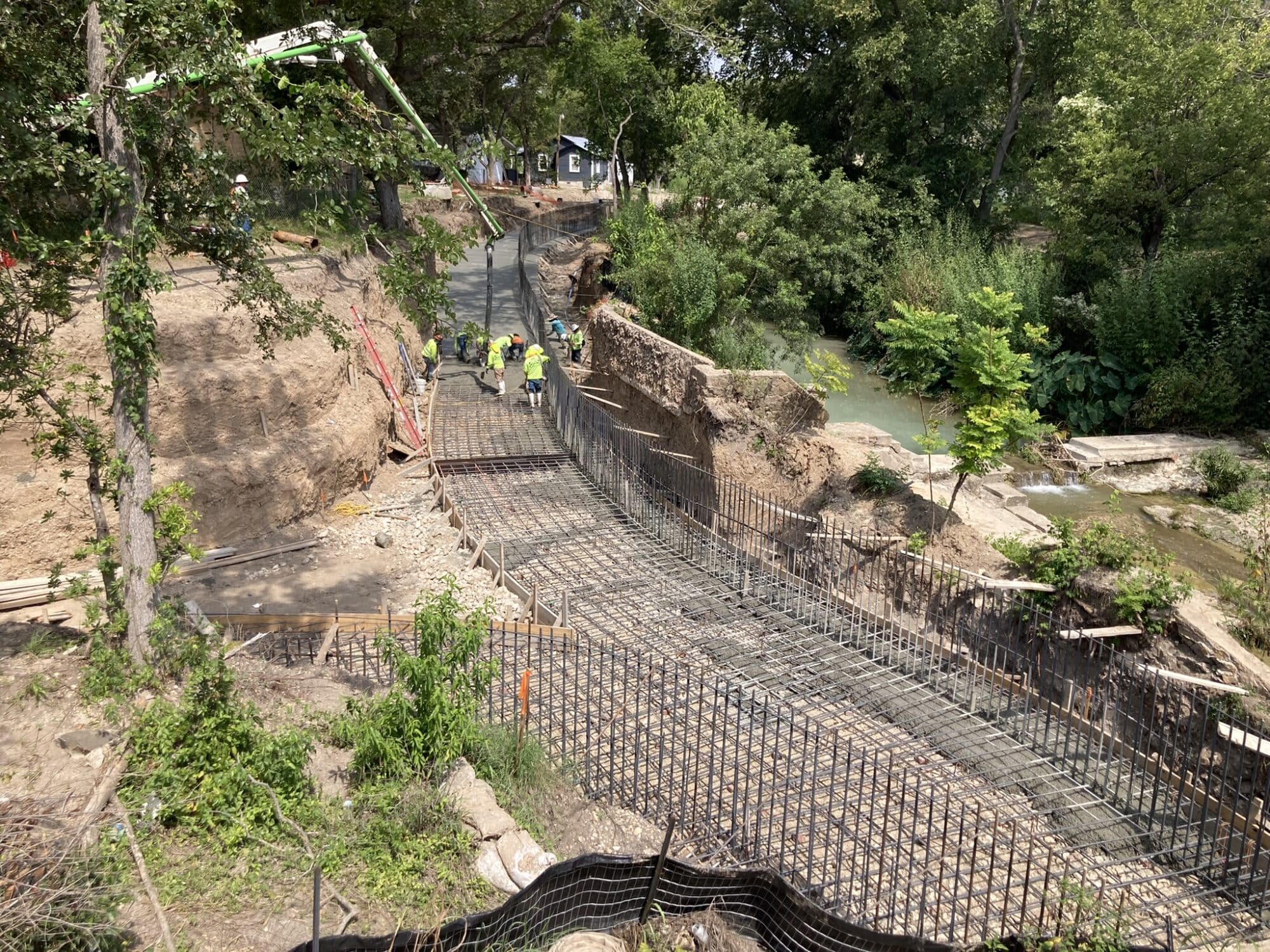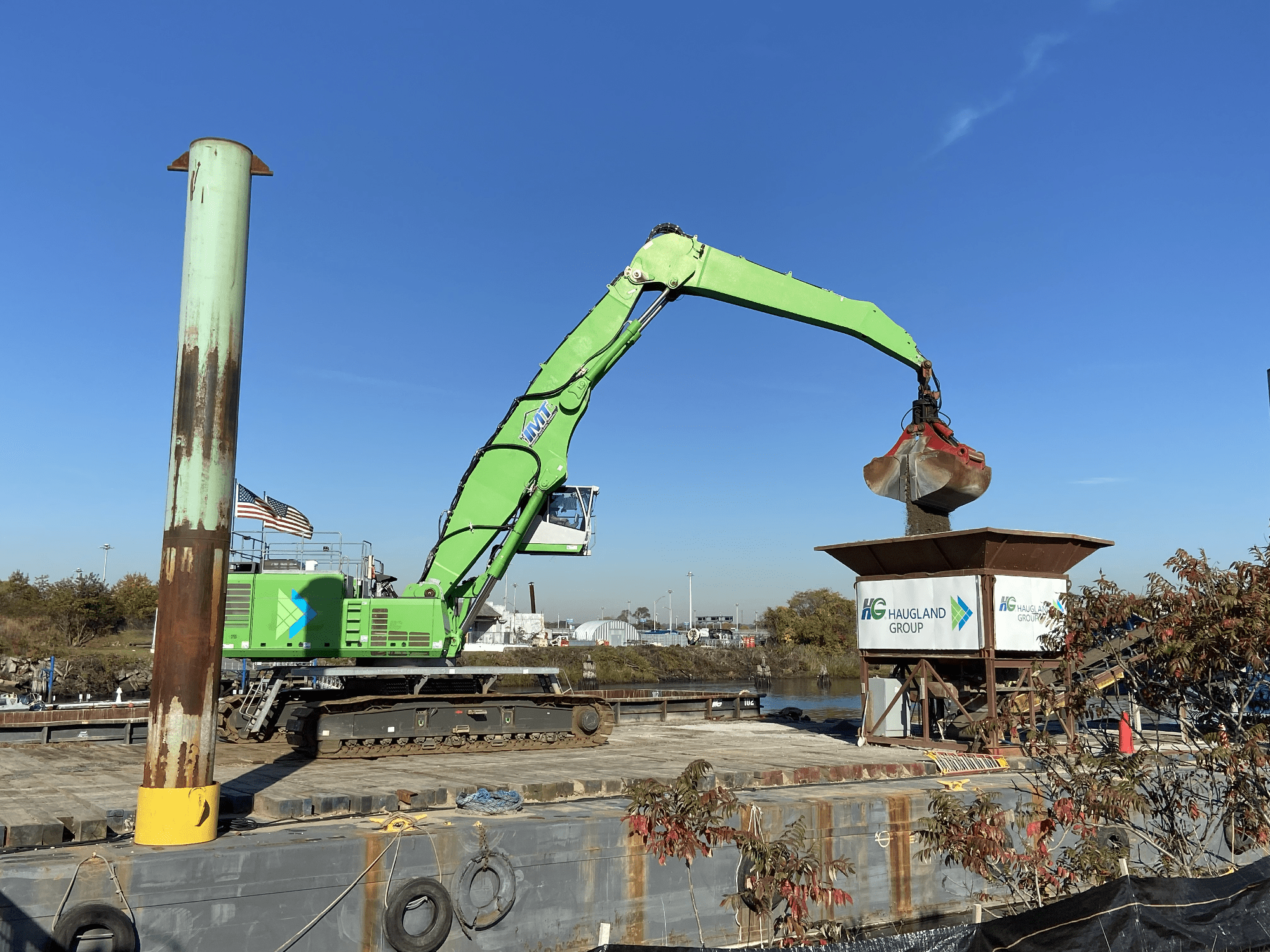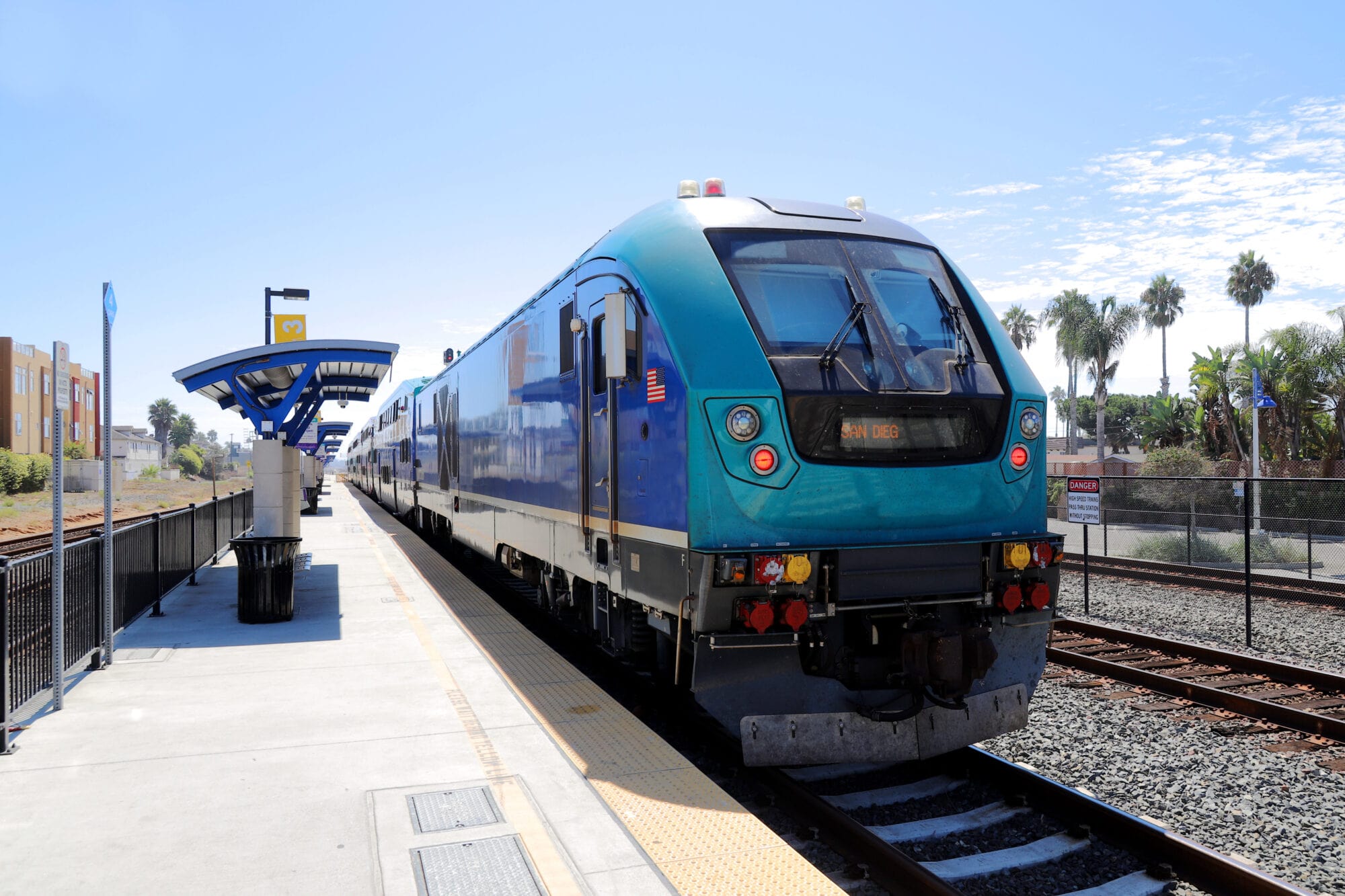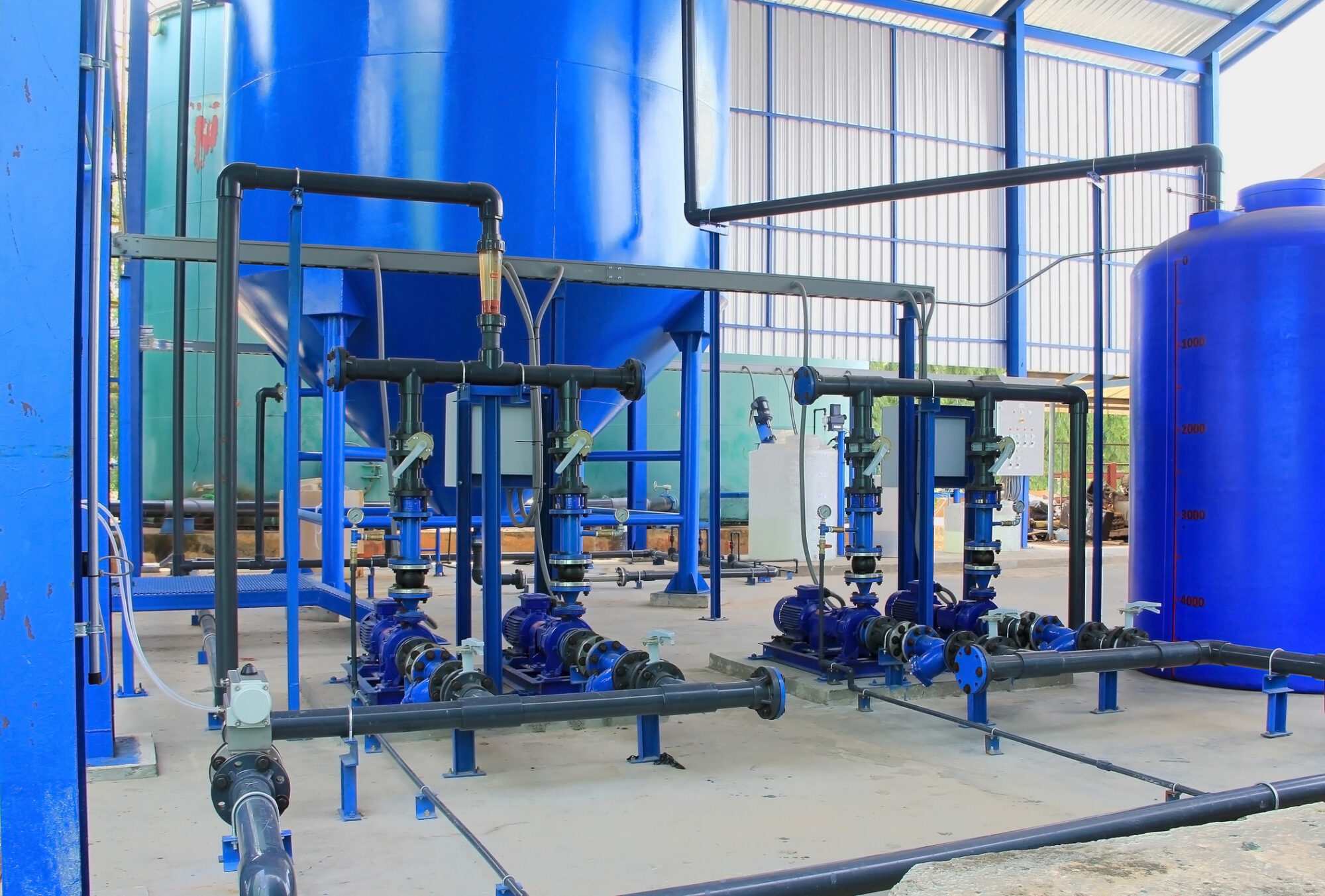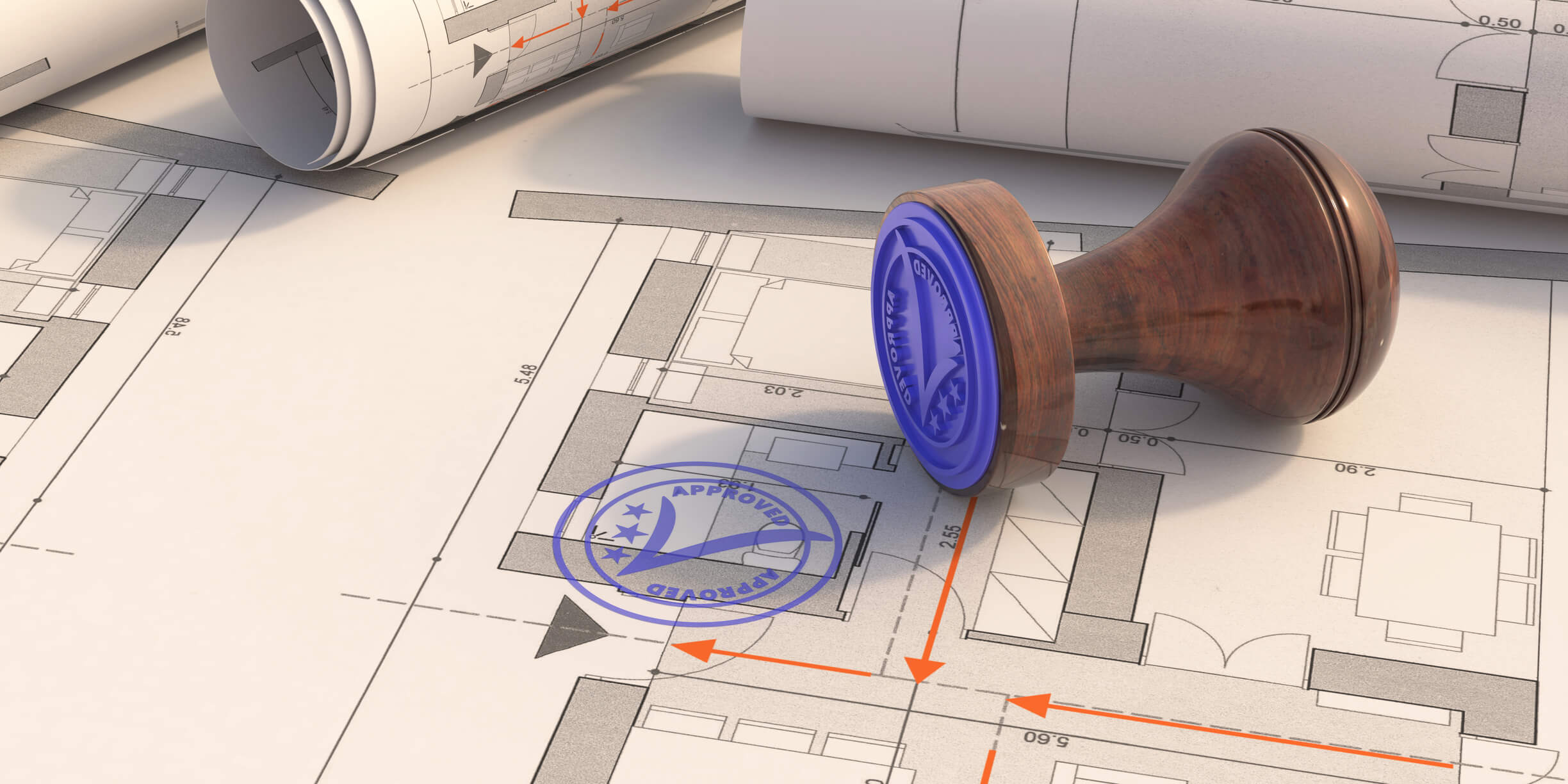St. Louis, MO
Within the plaza, pedestrian pathways of limestone screenings were replaced with a pervious concrete system. A permeable paver gathering area was constructed where once a non-functional bandstand stood. Bioretention basins were constructed within the footprints of newly constructed traffic calming bump-outs. The basins provide an attractive and functional landscape for managing stormwater runoff from the surrounding city streets.
The BMPs are sized to treat the 90th percentile (1.14 inch) rainfall event over a capture area of one acre. These measures result in a reduction of 404,500 gallons of runoff from entering the combined sewer system annually.
Client Benefits
Bioretention functions by allowing stormwater to temporarily pond within the basins. As the stormwater percolates through the engineered soil over 48 hours, contaminants such as oil and heavy metals are removed. The deep-rooted native plants maintain the soil’s hydraulic conductivity and transpire significant volumes of water. Beneath the soil, a stone reservoir retains water while it slowly infiltrates into the native subsoils. An underdrain, placed within this reservoir allows the system above to slowly drain to the sewer system.
Traditional pavements cause all precipitation to quickly runoff whereas pervious pavement allows stormwater to pass through the pavement surface and into a stone infiltration reservoir below.
- Client: The Lafayette Square Restoration Committee
- Project Location: St. Louis, MO
Related Projects
Discover the success we’ve had with helping our clients execute major projects and make a meaningful impact on their local communities.

